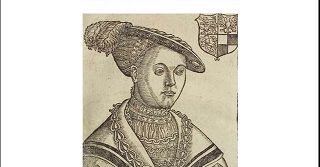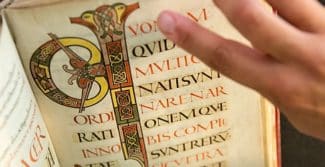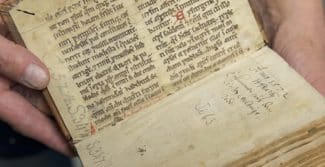From the 15-th century Georgia had got surrounded by Ottoman forces, which culminated in the capture of Constantinople by the Ottomans in 1453 and the Trapezuntine Empire in 1461. Due to events that took place in the Balkans and the eastern Mediterranean, the Papacy saw Georgia, together with the central European countries, as its strategic ally in the detaining of Ottoman expansion. In the sixties and seventies of the 15-th century, the Aq Qoyunlu confederation became the principal Eastern ally of the European countries within the anti-Ottoman coalition (the Magyar Kingdom, the Kingdom of Poland, the Most Serene Republic of Venice, the Holy Roman Empire), which, in turn, made Georgia Uzun Hasan’s ally. Consequently, Georgia became the subject of the close and sustained attention of the Papal Curia, European diplomats and travelers. While pursuing their own objectives, they wrote down what they saw and familiarized European society with Georgia through their accounts. Various archival materials and collections (including Herzog August Bibliothek) reveal hitherto unknown records which enable me to attain a better insight into the endeavors of the western and central European missionaries to the Hope See or to the East and find traces of Georgian intercourse with them.

Außerdem an der HAB
Stipendiat*innen der Doktorand*innenprogramme 2024
Jährlich kommen etwa 250 Wissenschaftler*innen zu Forschungsaufenthalten nach Wolfenbüttel. Neben einem eigenen Angebot an Stipendienprogrammen ...
mehrStipendiat*innen im laufenden Monat
Jährlich kommen circa 250 Wissenschaftler*innen zu Forschungsaufenthalten nach Wolfenbüttel. Neben einem eigenen Angebot an Stipendienprogrammen ...
mehrOleksandr Fylypchuk
Gefördert durch das Land Niedersachsen/Einladung des Direktors
mehrDigitale Editionen
Innerhalb der Wolfenbütteler Digitalen Bibliothek (WDB) bietet die HAB eine Infrastruktur zur Betreuung und Publikation ...
mehrNeil Safier
Gefördert durch das Land Niedersachsen
mehrForschungsstipendien
Die HAB bietet unterschiedliche Stipendien für Post-Docs und erfahrene Wissenschaftler*innen (Senior-Level) und das Land Niedersachsen ...
mehrDoktorand*innen- und Nachwuchsförderung
Für Doktorand*innen bietet die Herzog August Bibliothek zusammen mit privaten Stiftungen verschiedene Fördermöglichkeiten für die ...
mehrStipendiat*innen im Hauptprogramm 2024
Jährlich kommen circa 250 Wissenschaftler*innen zu Forschungsaufenthalten nach Wolfenbüttel. Neben einem eigenen Angebot an Stipendienprogrammen ...
mehr







